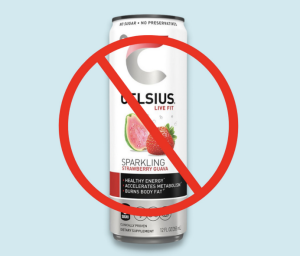Biden’s student loan plan is regressive and a mistake
September 22, 2022
Last week,President Biden announced his plan to launch a student loan forgiveness program for students racking up a large amount of debt in an attempt to further their education through the college system.
“The total cost of a four-year university has…nearly tripled in the last forty years,” Biden said in his speech according the the White House. “Where pell grants used to cover 80% of a four-year university it now covers…roughly thirty two percent”.
The University of Pennsylvania estimates forgiving federal college debt will cost between $300 billion to $980 billion over the ten-year budget window, depending on program details. They predict that about 70% of debt relief accrues to borrowers in the top sixty percent of the income distribution.
Not only does President Biden aim to forgive $10,000 for Americans making less than $125,000 per year and $20,000 for Pell grant recipients under that income threshold, but he hopes to extend the pause on student loan payments until the end of the year.
Originally, the loan pause was enacted by former President Trump during the pandemic to help with unemployment rates and costs that skyrocketed during that unprecedented time. Unemployment rates of graduates with bachelor’s degrees or higher now stand at two percent. If Biden extends the loan pause of loan payments, it will not only be a waste of time, but a waste of American taxpayer money.
According to The Washington Post, Biden’s student loan forgiveness plan is regressive because it takes money from the broader tax base, mostly made up of workers that did not receive college degrees, to unburden debt from those with college degrees. Not only is this plan expensive, but it is likely inflationary as well.
With the statistics stated earlier from the University of Pennsylvania, together those policies will nullify nearly a decade’s worth of deficit reduction from the Inflation Reduction Act. It is also unclear whether the 1965 Education Act will even grant Biden the authority to take these steps because it was originally enacted to alleviate more targeted relief.
Although Biden rejected the idea of granting $50,000 worth of loan forgiveness proposed by far leftists, a better approach would have been to increase the value of Pell grants to reach those who are truly needy. The Federal Loan Forgiveness plan will directly affect myself and my peers allowing our generation of 18 to 35 year-olds to spend more money without the burden of debt.
This debt free spending would directly affect and help our economy because it could contribute to small businesses and other corporations that may not otherwise make as much profit. However, it will be our tax money paying back our student loan debt later in our lives. While I think that President Biden’s plan could benefit our generation for the present time, it will not do enough to help the most needy and will leave American taxpayers footing this bill in the future.







